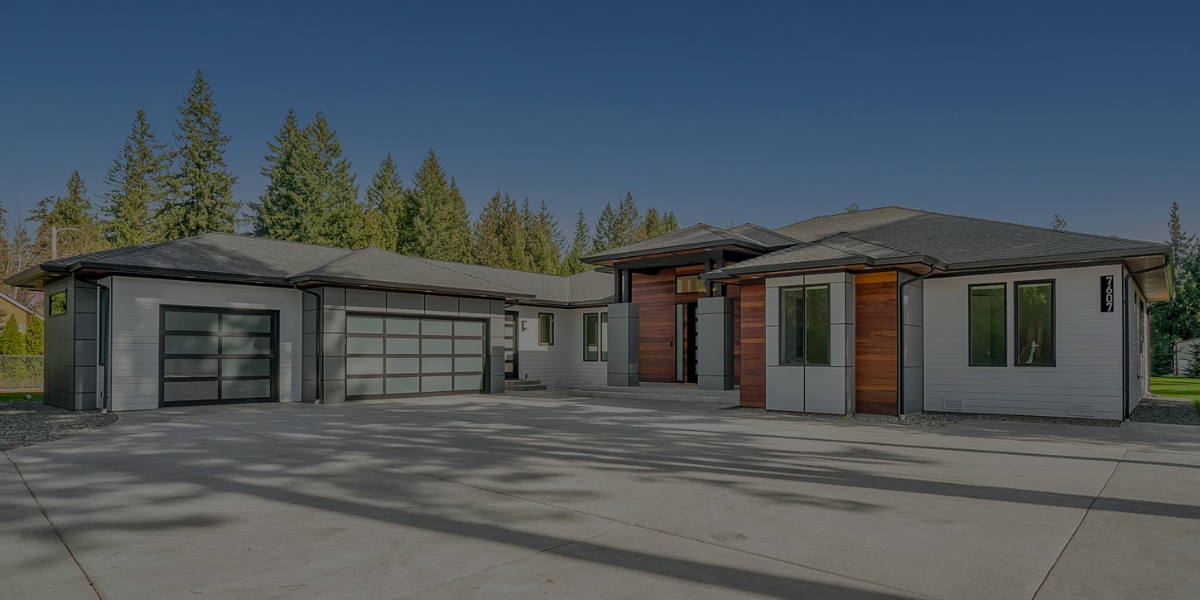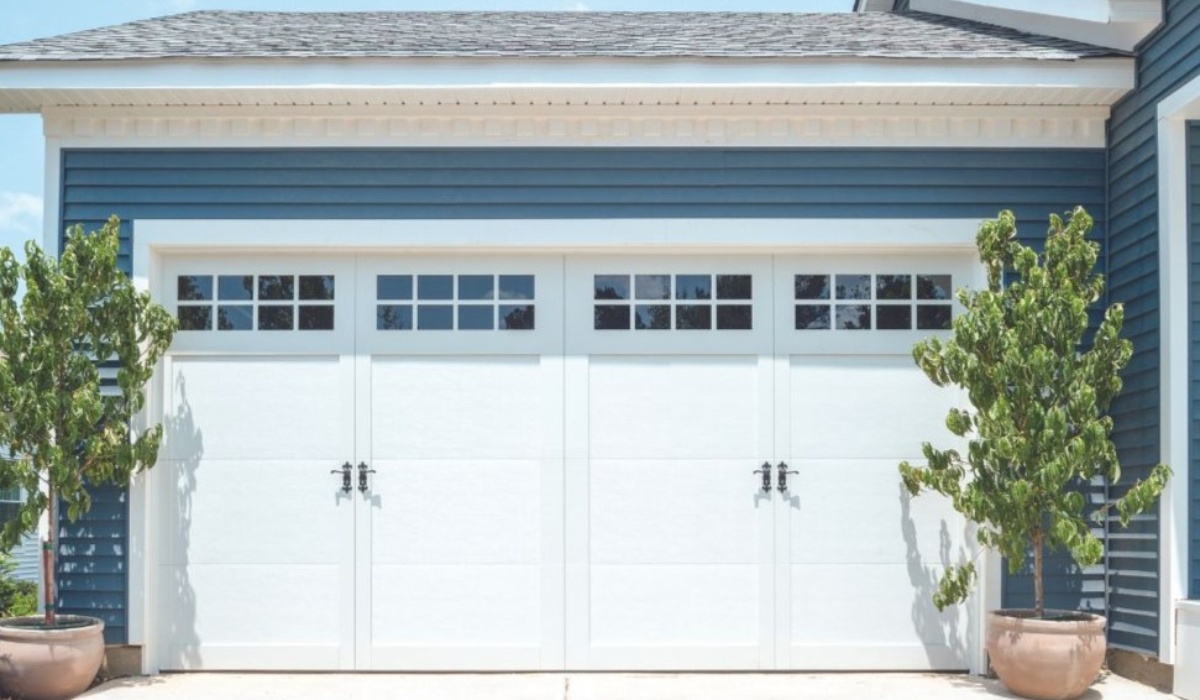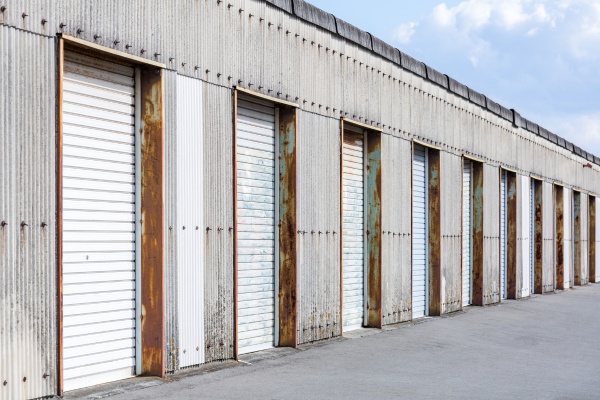Maintaining a garage door is essential not only for the security and curb appeal of your home but also for the safety and convenience it offers daily. Whether you're a DIY enthusiast or simply looking to avoid costly repairs, understanding common issues, routine maintenance, and smart troubleshooting can extend the life of your garage door. This guide will walk you through practical tips, essential tricks, and expert advice to keep your garage door running smoothly and quietly throughout 2025 and beyond.
Common Garage Door Problems and How to Identify Them
Garage doors face constant use and exposure to harsh elements, which can lead to a variety of problems. Recognizing these early signs helps you address issues before they escalate.
- Broken Spring: If your garage door struggles to open or makes a loud bang, a torsion or extension spring might be broken. Springs control door balance; when one snaps, the door becomes hard to lift. Off Track Door: A garage door that suddenly derails or gets stuck can indicate misaligned or bent tracks. Jammed or Stuck Door: Dirt, debris, or worn rollers often cause the door to jam during operation. Panel Damage: Dents, cracks, or warping panels due to weather or impact reduce insulation and aesthetic appeal. Weather and Ice Damage: Cold climates may cause ice buildup or frozen moving parts, while wind and rain damage weatherstripping and seals. Rust and Corrosion: Particularly in coastal regions, salt and moisture accelerate rusting on metal components like springs and tracks. Opener Malfunctions: Faulty limit switches, motor issues, or remote control failures affect the automatic operation of the door.
Regular diagnostics and safety checks ensure the door functions properly https://ermineskin-ab-ft778.timeforchangecounselling.com/cost-of-travel-in-grandin-local-transportation-costs and prevents injury risks.
Step-by-Step Garage Door Maintenance for Longevity
Performing consistent maintenance will keep your garage door operating quietly and efficiently. Follow this seasonal care plan:
- Regular Inspection: Check springs, cables, rollers, tracks, and weatherstripping monthly to detect wear or damage. Lubrication: Use silicone-based lubricants or special garage door lubricants on springs, rollers, hinges, and tracks every three months to minimize noise and friction. Cleaning and Painting: Wash the door surface to remove dirt and pollutants, repaint if needed to preserve protection against weather damage. Sealing and Weatherstripping: Replace cracked or damaged weatherstrips annually to maintain energy efficiency and prevent drafts. Insulation: Add insulation panels to metal or wooden doors for temperature control, helping winterize and summerize your garage effectively. Noise Reduction and Door Alignment: Tighten loose bolts, adjust door alignment, and replace worn-out rollers to ensure silent, smooth operation.
Consistent preventative maintenance safeguards your investment and prevents emergency repairs.

How to Safely Repair or Replace Garage Door Springs and Cables
Springs and cables are critical for supporting the door’s weight and controlling its movement but can be dangerous to handle without proper knowledge.
- Torsion Spring Replacement: Requires specialized tools and safety precautions—always release tension carefully to avoid injury. Extension Spring Repair: Often easier to replace but still needs correct tension adjustment and secure mounting. Broken Cable Repair: Inspect cables for fraying or snapping. Replacement involves unhooking the old cable and attaching the new one safely. Safety Precautions: Always wear eye protection, disconnect power to the opener, and consider using winding bars specifically designed for spring adjustment.
When unsure, contacting a professional for spring and cable repairs is recommended due to the risk involved.

Garage Door Roller and Track Repair Tips
Smooth roller movement is essential for proper door function. Here’s how to address common roller and track issues:
- Roller Replacement: Remove rusty or broken rollers and replace them with nylon or steel ones depending on noise preferences and door weight. Track Repair: Clean debris, realign bent tracks by loosening brackets and gently reshaping, then secure brackets tightly. Door Alignment: Ensure the door sits evenly in tracks and moves up and down without resistance. Hardware Repair: Tighten or replace worn hinges, bolts, and brackets to maintain door stability.
Regularly inspecting rollers and tracks reduces friction and extends part lifespan.
Troubleshooting and Repairing Garage Door Openers
Your garage door opener is a complex assembly of mechanical and electrical components that requires periodic troubleshooting.
- Opener Repair: Inspect and replace worn belts or chains depending on your model—belt drives are quieter but prone to wear, chain drives are durable but noisier. Remote Control and Programming: Reset remotes by clearing codes and relearning; consult the manual for model-specific programming steps. Motor Replacement and Diagnostics: Noisy or non-responsive motors might need cleaning, lubrication, or replacement. Limit Switches and Force Settings: Adjust these to ensure the door stops correctly during opening and closing, preventing damage or injury. Manual vs Automatic Opener Use: Know how to disengage your automatic opener for manual operation during power outages.
Proper opener maintenance promotes reliable performance and minimizes repair costs.
Programming and Maintaining Opener Remotes and Keypads
Modern garage doors increasingly support smart technology integration.
- Door Opener Remotes and Keypads: Keep batteries fresh and maintain keypad cleanliness for accurate input. Security Code Learning: Regularly update access codes to enhance security. App Control and Smart Garage Automation: Sync your garage door with smartphone apps for remote operation and receive real-time alerts. Modernization: Upgrade to smart keypads or Wi-Fi-enabled openers for increased convenience.
Secure management of remotes and keypads improves safety and user experience.

Enhancing Garage Door Safety and Security
Garage doors pose risks if safety mechanisms fail. Here’s how to protect homeowners and property:
- Safety Sensors: Keep infrared sensors clean and aligned to detect objects in the door’s path, preventing accidents. Emergency Repair: Have a plan and know how to manually release the door in case of opener failure. Security Systems: Consider adding motion detectors, alarms, or camera systems integrated with your garage door. Budget vs Professional Repairs: Prioritize professional help for high-risk parts like springs and motors to ensure safety.
Routine safety checks protect families and prevent liability issues.
When to DIY and When to Call a Professional
Not all garage door repairs are suited to do-it-yourself projects. Understanding when to take action or seek expert assistance is crucial.
- DIY Repairs: Tasks like lubrication, weatherstripping, roller replacement, and basic opener programming are perfect for motivated homeowners. Online Resources: Use reliable tutorials, manufacturer guides, and safety videos to support your work. Emergency Repairs: If your door is off track, a spring breaks, or there’s motor failure, prioritize professional service to prevent injury. Parts Replacement: Buy compatible parts and confirm model specifics for door panels, cables, or remotes. Professional Repair: Complex spring adjustments, wiring issues, and large-scale panel replacements warrant expert intervention.
Balancing DIY confidence with caution helps avoid costly mistakes.
Upgrades and Modernization for Your Garage Door
Investing in upgrades can improve your garage door's functionality, comfort, and security.
- Insulation and Weatherstripping: Enhances climate control and energy efficiency, especially in extreme weather zones. Sealing and Noise Reduction: Use noise dampening strips or upgrade to nylon rollers for quieter operation. Automation and App Control: Modern openers with smartphone integration offer convenience and added security features. Security Systems: Install cameras, motion detectors, or advanced locking mechanisms. Budget-Friendly Kits: DIY insulation kits and weatherproof accessories are affordable ways to boost door performance.
Upgrading keeps your garage door current with modern technology and energy standards.
Maintaining your garage door with regular inspections, timely repairs, and smart upgrades ensures a safe, quiet, and efficient operation. While some tasks like lubrication, cleaning, and remote programming suit the DIY enthusiast, complex repairs like spring replacement or motor servicing are best left to professionals. By following these comprehensive tips and tricks, homeowners can significantly extend their garage door’s lifespan, enhance security, and reduce unexpected repair costs. Start with routine maintenance today and enjoy peace of mind tomorrow!